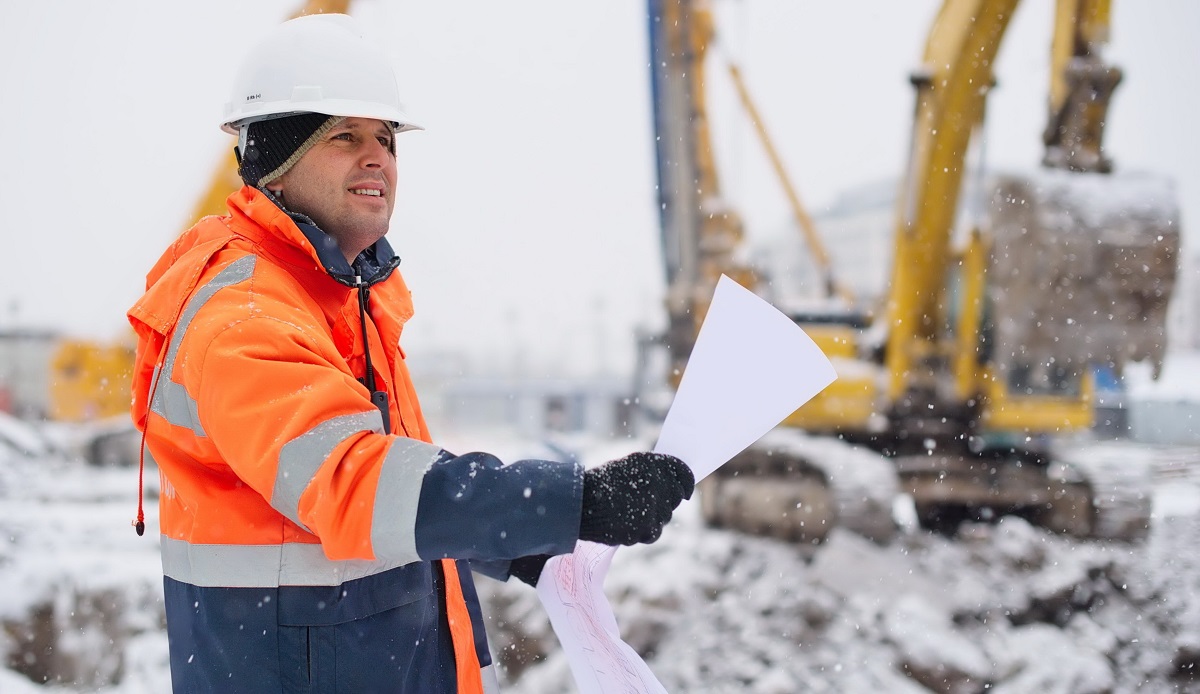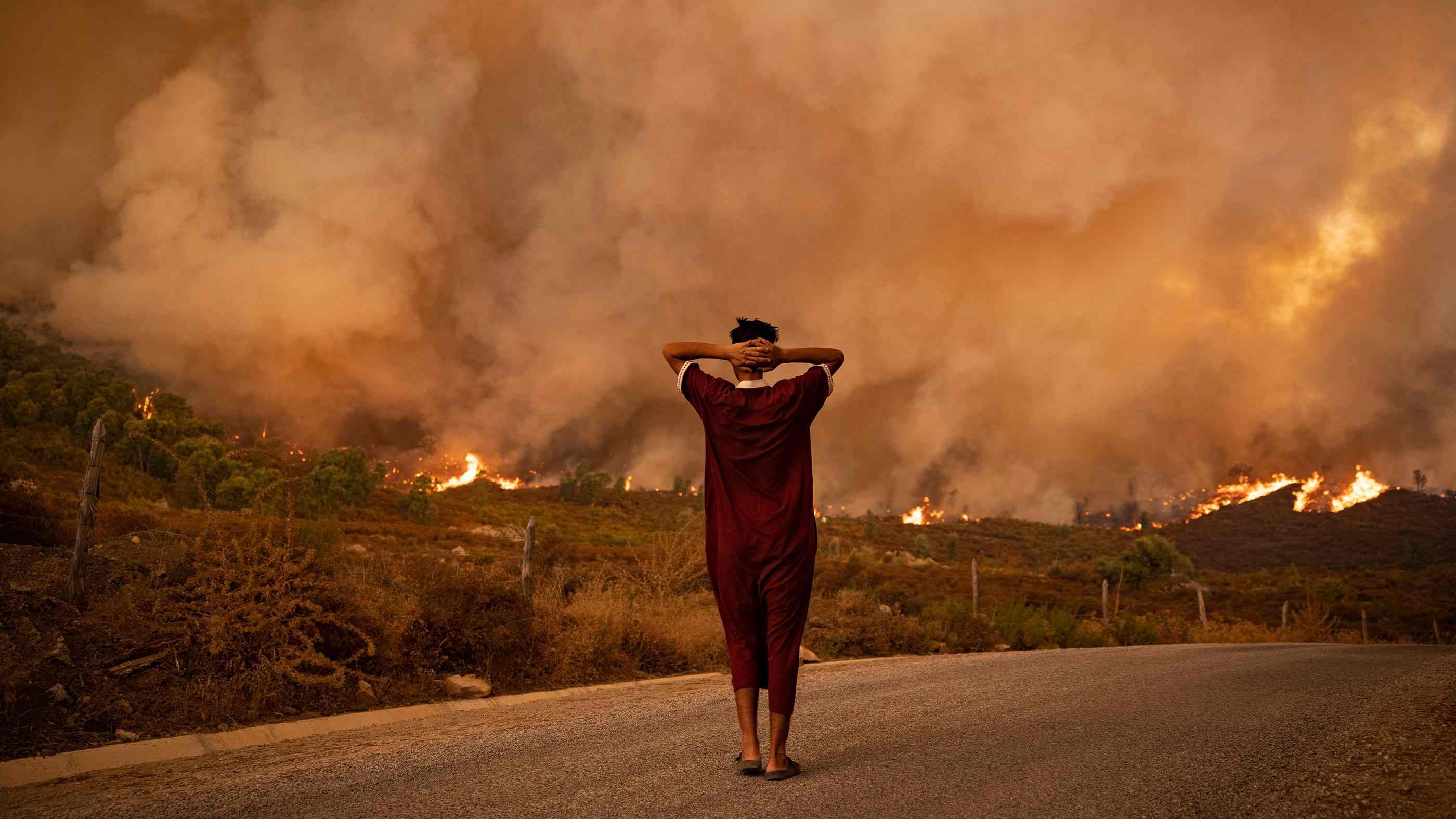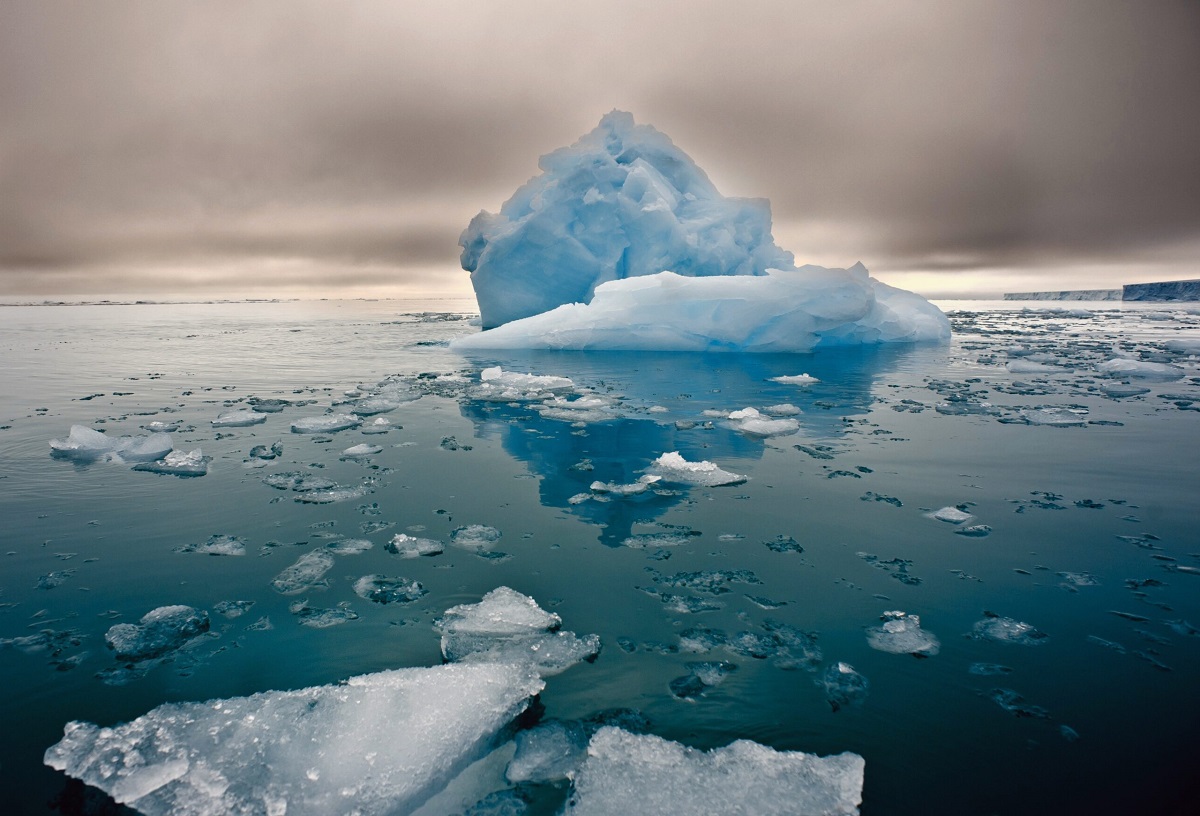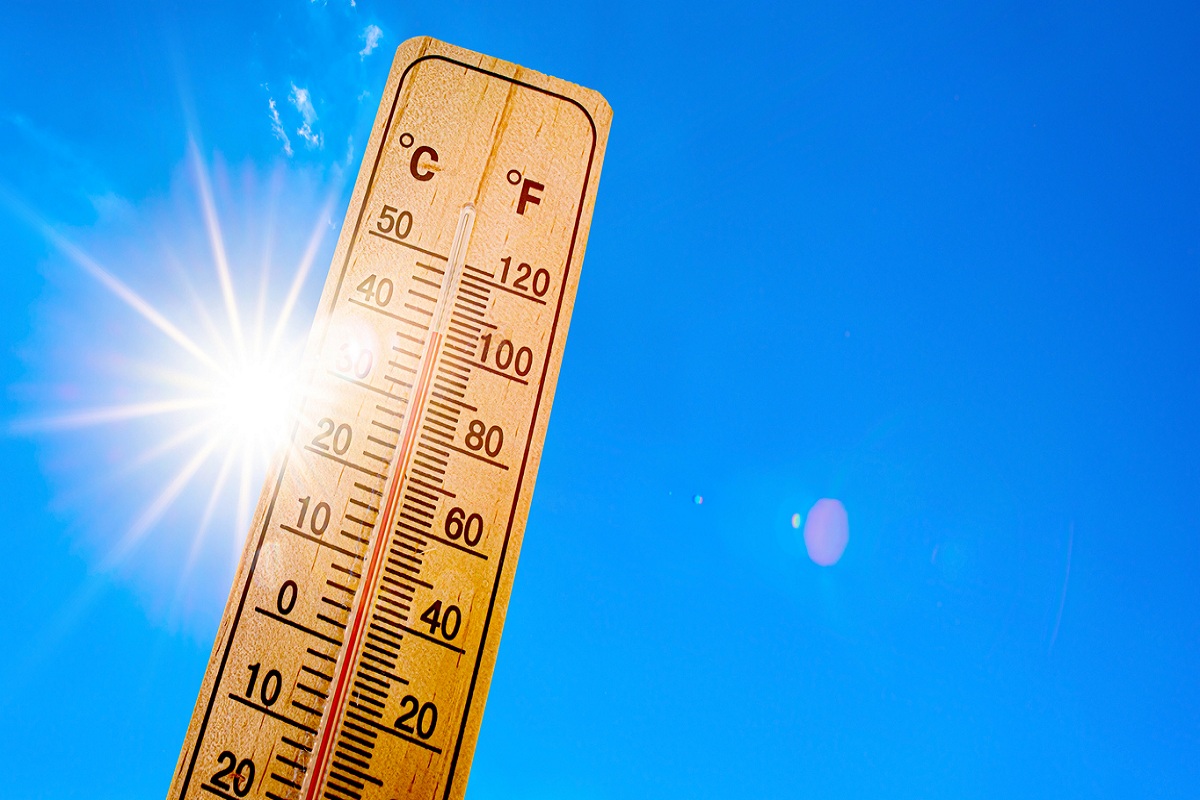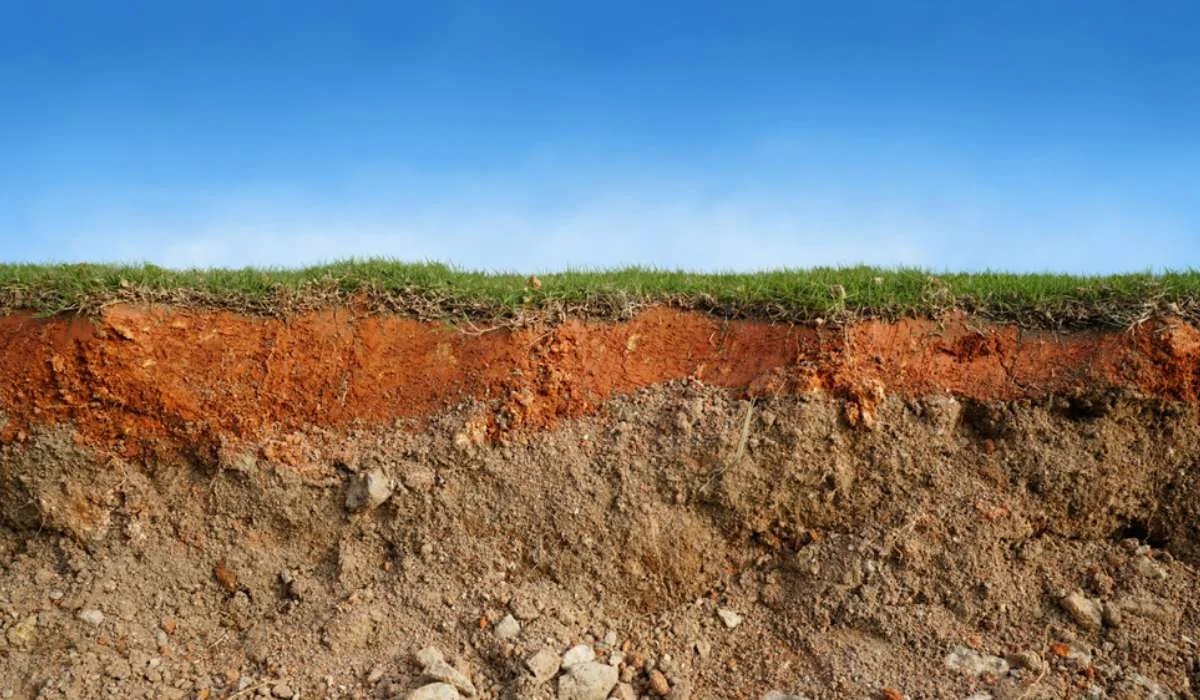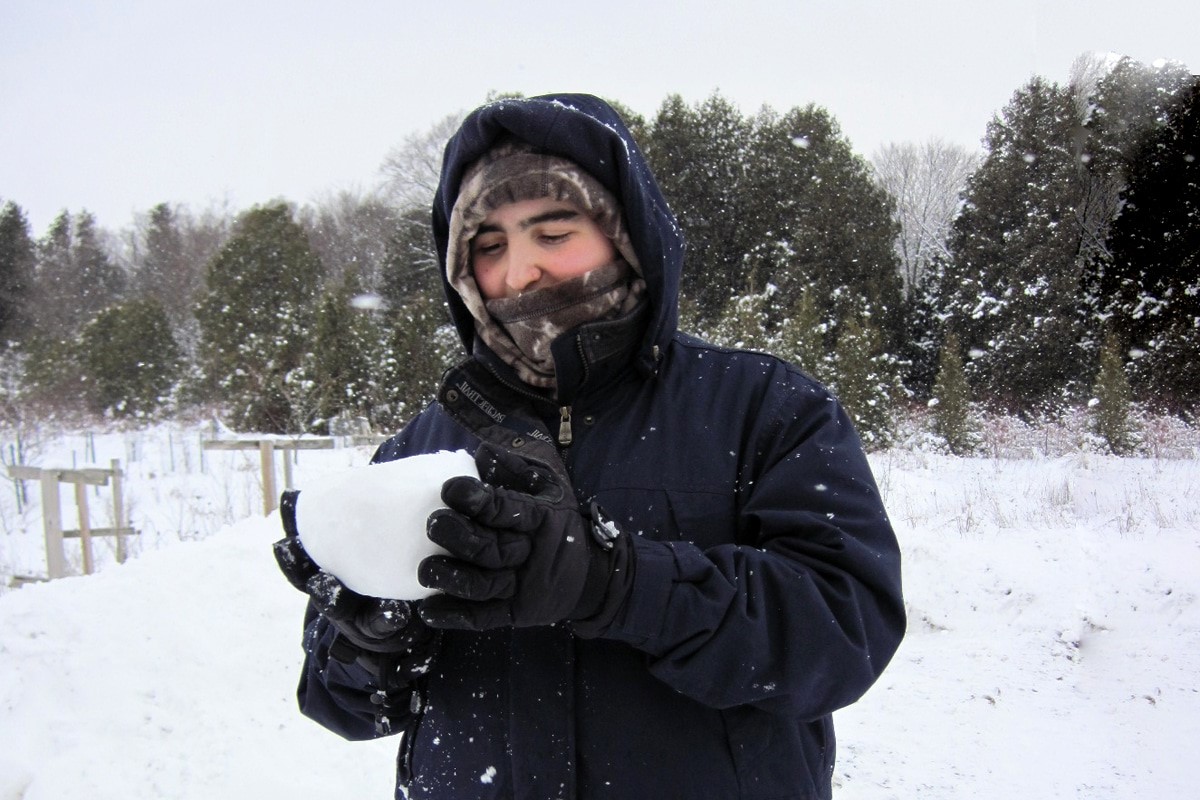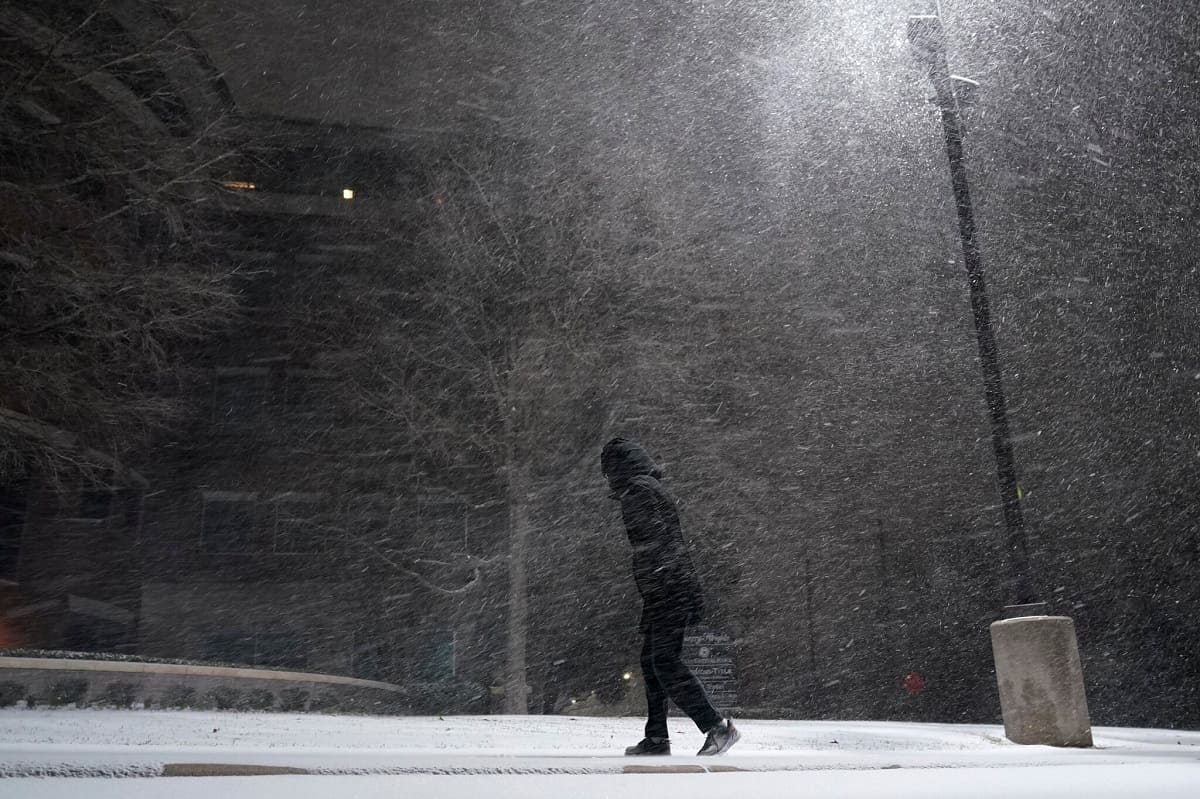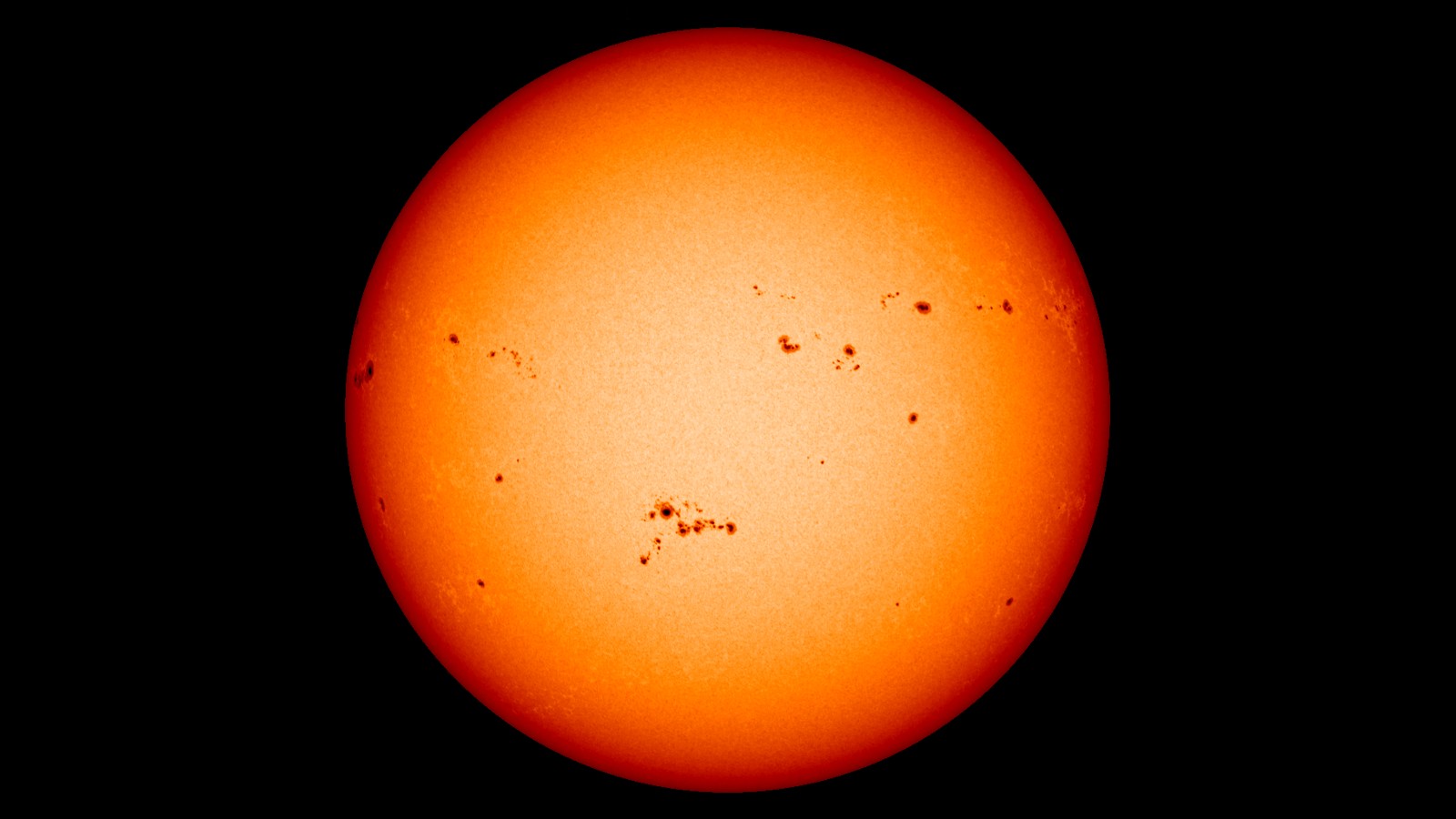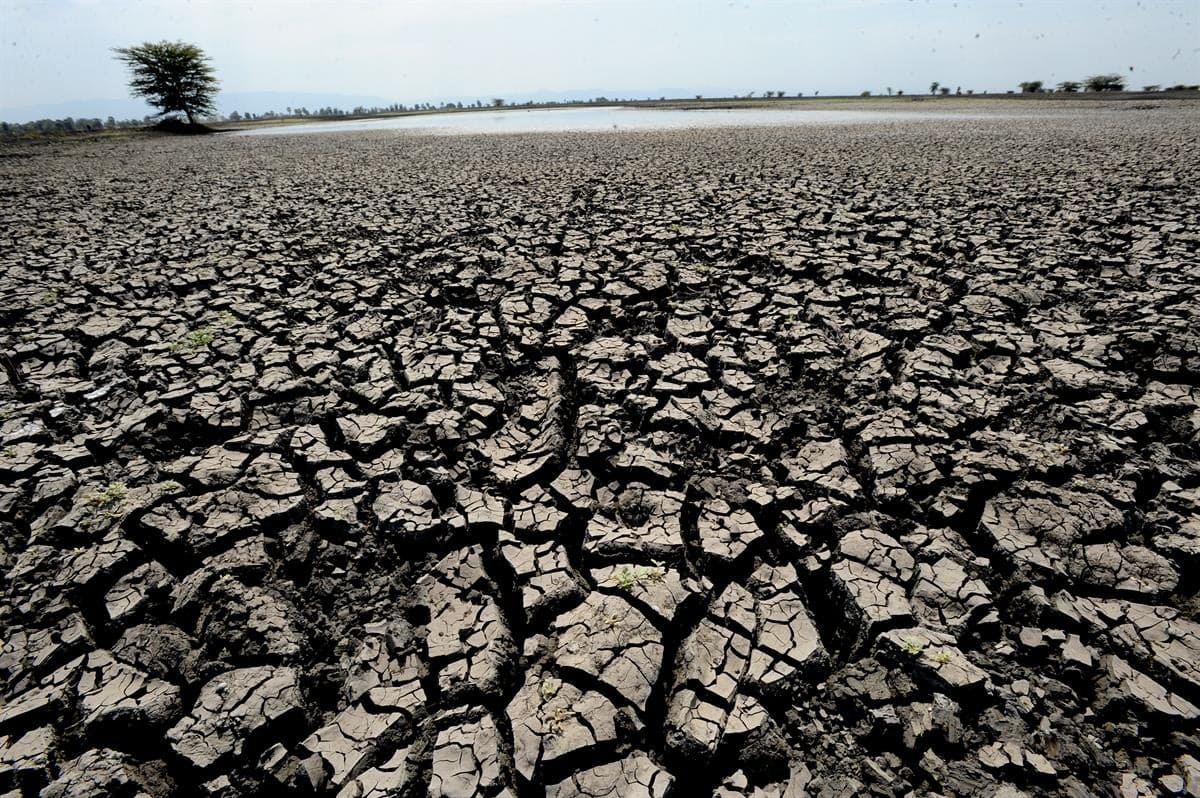Home>Weather and Climate>Understanding Cold Weather And Its Impact
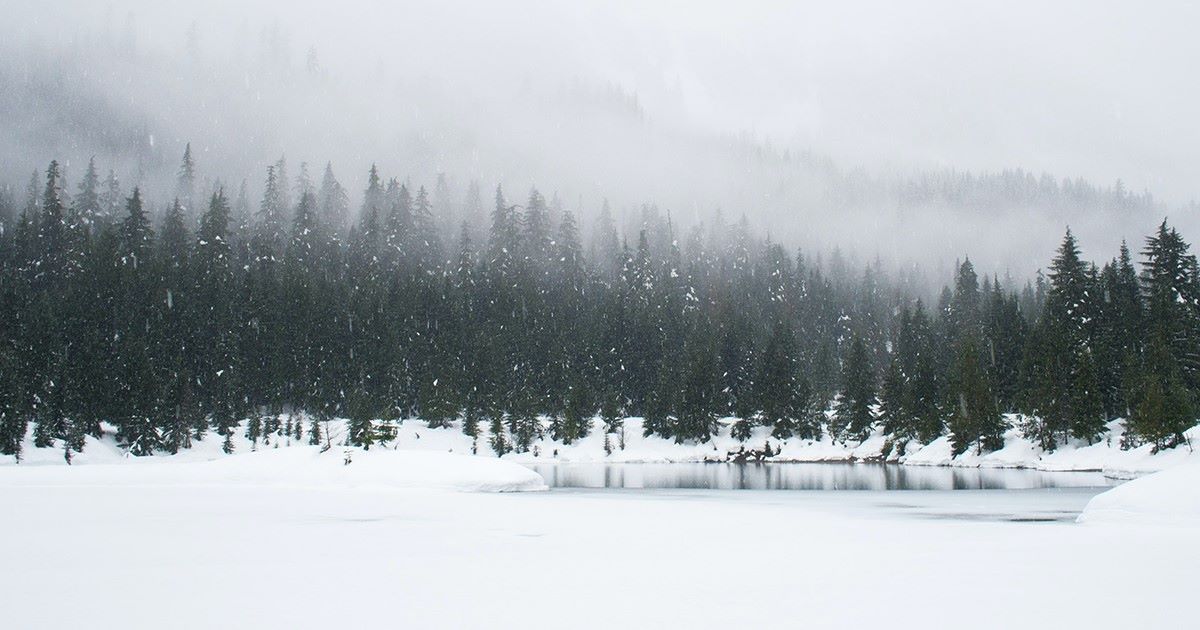

Weather and Climate
Understanding Cold Weather And Its Impact
Published: March 7, 2024
Gain insights into the effects of cold weather on the environment and human activities. Explore the dynamics of weather and climate in different regions.
(Many of the links in this article redirect to a specific reviewed product. Your purchase of these products through affiliate links helps to generate commission for Temperatures.com, at no extra cost. Learn more)
Table of Contents
The Science Behind Cold Weather
Cold weather is a natural phenomenon that occurs due to the Earth's axial tilt and its orbit around the sun. This cyclical pattern results in variations in temperature and weather conditions across different regions of the world. Understanding the science behind cold weather involves delving into atmospheric processes, including air pressure, humidity, and the behavior of molecules at lower temperatures.
Atmospheric conditions play a pivotal role in the manifestation of cold weather. When the Earth's axis tilts away from the sun during winter, sunlight is spread over a larger surface area, leading to reduced solar energy reaching the ground. As a result, the temperature drops, and cold weather sets in. This phenomenon is further influenced by the Earth's orbit, which causes variations in the intensity and duration of sunlight exposure in different hemispheres.
The behavior of air molecules also contributes to the onset of cold weather. As temperatures decrease, air molecules lose energy and move more sluggishly, leading to a decrease in air pressure. This drop in air pressure results in the formation of high-pressure systems, which are associated with cold, dry air masses. These air masses can bring about frigid temperatures and clear skies, characteristic of cold weather conditions.
Furthermore, the presence of moisture in the atmosphere significantly impacts cold weather patterns. When cold air encounters moisture, it can lead to the formation of clouds and precipitation, such as snow or freezing rain. This interplay between temperature, air pressure, and moisture content underscores the intricate science behind cold weather and its diverse manifestations.
In summary, cold weather is a result of complex interactions between the Earth's axial tilt, its orbit around the sun, atmospheric pressure, and moisture levels. By comprehending these scientific principles, we gain a deeper appreciation for the natural processes that give rise to cold weather and its profound impact on the environment, human activities, and the planet as a whole.
Read more: The Impact Of Cold Weather On The Human Body
Effects of Cold Weather on the Human Body
Cold weather exerts a profound influence on the human body, triggering a range of physiological responses and potential health risks. When exposed to low temperatures, the body undergoes various changes to maintain its core temperature, and these adaptations can have both immediate and long-term effects.
-
Hypothermia: Prolonged exposure to cold weather can lead to hypothermia, a condition characterized by a dangerous drop in body temperature. As the body loses heat faster than it can produce it, vital organs may become compromised, leading to symptoms such as shivering, confusion, and drowsiness. In severe cases, hypothermia can be life-threatening, highlighting the critical impact of cold weather on human health.
-
Frostbite: The extremities, such as the fingers, toes, nose, and ears, are particularly vulnerable to frostbite in cold weather. When exposed to freezing temperatures, the skin and underlying tissues can freeze, resulting in tissue damage and potential long-term consequences. Frostbite not only causes physical discomfort but also poses a risk of permanent injury if not promptly addressed.
-
Respiratory Challenges: Cold weather can exacerbate respiratory conditions, such as asthma and chronic obstructive pulmonary disease (COPD). The inhalation of cold air can trigger airway constriction and inflammation, leading to breathing difficulties and discomfort for individuals with pre-existing respiratory issues.
-
Cardiovascular Strain: The body's response to cold weather includes constricting blood vessels to conserve heat, which can elevate blood pressure and strain the cardiovascular system. For individuals with heart conditions, this added stress can increase the risk of heart attacks and other cardiovascular complications.
-
Mental Well-being: Cold weather can also impact mental health, contributing to feelings of isolation, seasonal affective disorder (SAD), and overall mood disturbances. Reduced exposure to sunlight and outdoor activities during colder months can affect serotonin levels, potentially leading to depressive symptoms in some individuals.
Understanding the effects of cold weather on the human body is crucial for implementing preventive measures and ensuring proper care during chilly conditions. By recognizing the potential risks and physiological responses associated with cold weather, individuals can take proactive steps to safeguard their well-being and mitigate the impact of low temperatures on their health.
Impact of Cold Weather on Infrastructure
Cold weather exerts a significant impact on various aspects of infrastructure, posing challenges to the functionality and durability of essential systems and facilities. The effects of cold weather on infrastructure encompass a wide range of sectors, including transportation, utilities, and buildings, and necessitate proactive measures to mitigate potential damage and disruptions.
-
Transportation Systems: Cold weather can profoundly affect transportation infrastructure, particularly roads, bridges, and railways. The formation of ice and snow on roadways poses hazards to drivers and pedestrians, leading to an increased risk of accidents and traffic congestion. Additionally, the expansion and contraction of materials due to fluctuating temperatures can cause cracks and deterioration in pavement and bridge structures, compromising their integrity and safety. Furthermore, cold weather impacts railway operations by influencing track conditions and signaling systems, requiring diligent maintenance and monitoring to ensure reliable and safe transportation networks.
-
Utility Networks: Cold weather poses challenges to utility infrastructure, including water and sewer systems, electrical grids, and communication networks. Freezing temperatures can lead to frozen pipes and water mains, resulting in water supply disruptions and potential damage to infrastructure. Electrical grids face increased demand during cold spells, heightening the risk of power outages and equipment failures. Moreover, communication networks, such as telephone lines and internet cables, may be susceptible to weather-related damage, impacting connectivity and essential services.
-
Buildings and Structures: Cold weather impacts the structural integrity of buildings and facilities, necessitating attention to insulation, heating systems, and maintenance practices. The expansion and contraction of building materials due to temperature variations can lead to structural damage, including cracks in walls and foundations. Additionally, cold weather influences energy consumption, as heating systems must work harder to maintain comfortable indoor temperatures, resulting in increased energy costs and potential strain on heating infrastructure.
-
Environmental Considerations: Cold weather can also impact natural infrastructure, such as ecosystems, water bodies, and agricultural areas. Frost and freezing temperatures can affect vegetation and crops, leading to agricultural challenges and potential economic repercussions. Furthermore, cold weather influences the behavior of water bodies, including the formation of ice and changes in water levels, impacting aquatic ecosystems and water management practices.
In summary, the impact of cold weather on infrastructure encompasses a broad spectrum of challenges, ranging from safety concerns in transportation systems to the resilience of utility networks and the structural integrity of buildings. Understanding these impacts is crucial for implementing proactive maintenance, emergency response plans, and infrastructure design considerations that account for the challenges posed by cold weather. By addressing these impacts, communities and organizations can enhance the resilience and functionality of essential infrastructure in the face of cold weather conditions.
Strategies for Coping with Cold Weather
Coping with cold weather requires a proactive approach to safeguarding personal well-being, maintaining infrastructure functionality, and ensuring overall resilience in the face of chilly conditions. Implementing effective strategies for coping with cold weather involves a combination of preparedness, preventive measures, and adaptive practices to mitigate potential risks and challenges. Here are several key strategies for coping with cold weather:
-
Dress Appropriately: Wearing suitable clothing is essential for staying warm and comfortable in cold weather. Layering clothing helps trap body heat, while materials such as wool and synthetic fibers provide insulation and moisture-wicking properties. Additionally, wearing hats, gloves, and insulated footwear helps protect extremities from the cold and minimizes the risk of frostbite.
-
Maintain Indoor Comfort: Ensuring indoor warmth and comfort is crucial during cold weather. Proper insulation, sealing drafts, and maintaining heating systems contribute to a cozy indoor environment while conserving energy. Additionally, utilizing programmable thermostats and practicing energy-efficient heating habits can help manage heating costs and optimize indoor comfort.
-
Winterize Vehicles: Preparing vehicles for cold weather conditions is essential for safe and reliable transportation. This includes installing winter tires, checking antifreeze levels, and ensuring adequate windshield wiper fluid. Carrying emergency supplies, such as blankets, a shovel, and non-perishable food, can also provide added security in case of unexpected roadside incidents.
-
Stay Informed: Monitoring weather forecasts and staying informed about cold weather advisories and warnings is crucial for making informed decisions and taking appropriate precautions. Being aware of potential snowstorms, extreme cold alerts, and icy road conditions enables individuals and communities to plan ahead and respond effectively to weather-related challenges.
-
Practice Safety Outdoors: When venturing outdoors in cold weather, practicing safety measures is essential. This includes avoiding prolonged exposure to low temperatures, staying hydrated, and being mindful of slippery surfaces. Engaging in winter sports and activities with proper safety gear and precautions further enhances outdoor enjoyment while minimizing risks.
-
Support Vulnerable Populations: Providing support to vulnerable individuals, such as the elderly, children, and those experiencing homelessness, is vital during cold weather. This may involve offering shelter, distributing warm clothing and blankets, and connecting individuals with community resources and assistance programs.
-
Prepare Emergency Kits: Assembling emergency kits with essential supplies, including non-perishable food, water, first-aid supplies, and flashlights, is critical for addressing potential power outages and disruptions during cold weather events. Additionally, having a communication plan and staying connected with family and neighbors enhances overall preparedness and safety.
By implementing these strategies, individuals, communities, and organizations can effectively cope with the challenges posed by cold weather, fostering resilience and well-being in the midst of wintry conditions. Proactive preparation, informed decision-making, and a focus on safety contribute to a comprehensive approach to managing and adapting to cold weather, ultimately enhancing overall readiness and minimizing potential impacts.
Environmental Consequences of Cold Weather
Cold weather exerts profound consequences on the environment, influencing ecosystems, natural processes, and the overall balance of ecological systems. These environmental consequences encompass a diverse array of impacts, ranging from ecological dynamics to resource availability and climatic patterns. Understanding the environmental ramifications of cold weather provides valuable insights into the interconnectedness of natural systems and the adaptations required to thrive in chilly conditions.
Ecological Dynamics
Cold weather significantly influences ecological dynamics, shaping the behavior and distribution of flora and fauna. Many species have evolved specific adaptations to survive and thrive in cold climates, such as hibernation, migration, and the development of insulating features. Additionally, cold weather can impact the availability of food sources and alter the interactions between predator and prey populations. These ecological shifts contribute to the intricate balance of ecosystems and the resilience of biodiversity in the face of seasonal variations.
Resource Availability
The onset of cold weather affects the availability of essential resources, particularly water and food sources. Freezing temperatures can lead to the formation of ice, impacting water bodies and limiting access to liquid water for aquatic organisms and terrestrial wildlife. Furthermore, cold weather can influence the availability of forage and vegetation, posing challenges to herbivorous species and cascading effects on higher trophic levels within food webs. Understanding these resource dynamics is crucial for assessing the ecological impacts of cold weather on natural habitats and species populations.
Climatic Patterns
Cold weather contributes to broader climatic patterns, influencing regional and global weather systems. The presence of cold air masses and the formation of snow and ice play a role in shaping atmospheric circulation and precipitation patterns. Additionally, cold weather interacts with oceanic processes, impacting sea surface temperatures and ocean currents, which, in turn, influence climate dynamics on a larger scale. These climatic patterns have far-reaching implications for weather variability, seasonal transitions, and the overall climate regime of different regions.
Adaptations and Resilience
Natural systems exhibit remarkable adaptations and resilience in response to cold weather, showcasing the dynamic interplay between environmental conditions and biological responses. From the development of winter coats in animals to the dormancy of plant life during colder months, these adaptations reflect the evolutionary strategies that enable organisms to thrive in cold climates. Understanding these adaptive mechanisms provides valuable insights into the resilience of ecosystems and the capacity of natural systems to withstand and adapt to environmental challenges.
In summary, the environmental consequences of cold weather encompass a multifaceted array of impacts, influencing ecological dynamics, resource availability, climatic patterns, and adaptive responses within natural systems. By recognizing and studying these consequences, we gain a deeper appreciation for the intricate relationships between cold weather and the environment, highlighting the resilience and interconnectedness of ecological processes in the face of seasonal variations.
